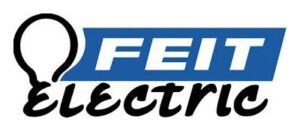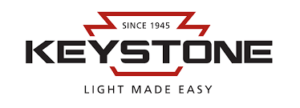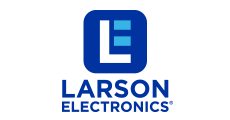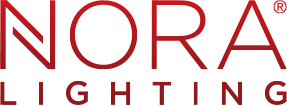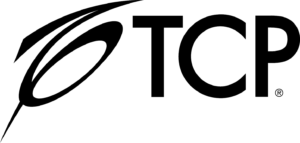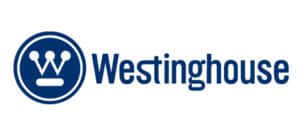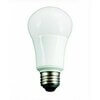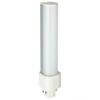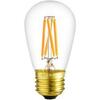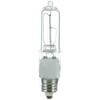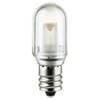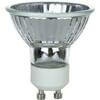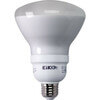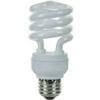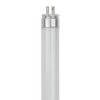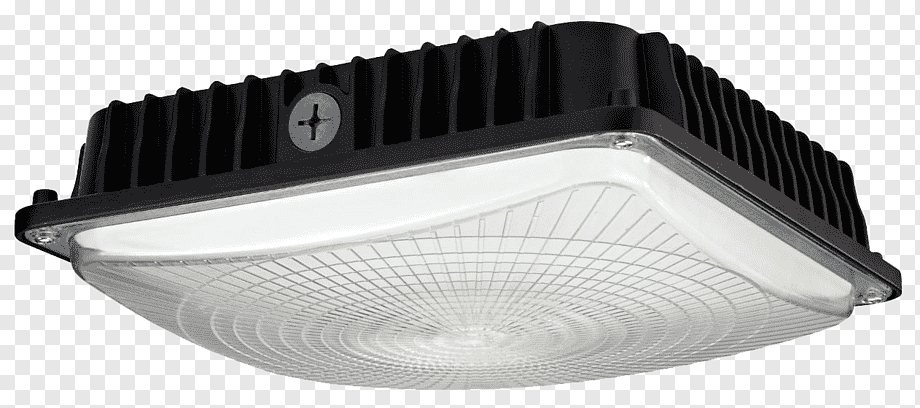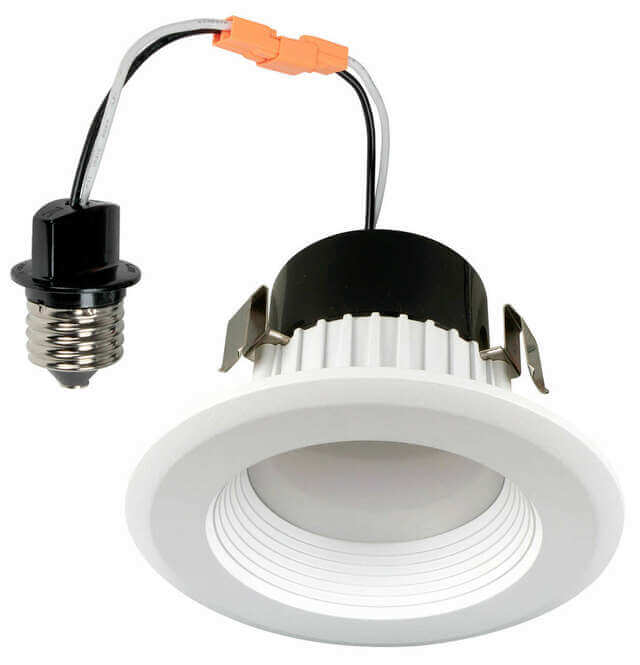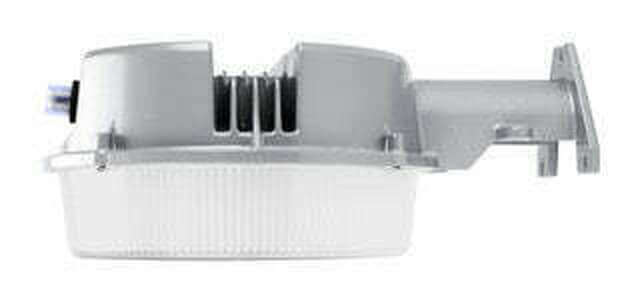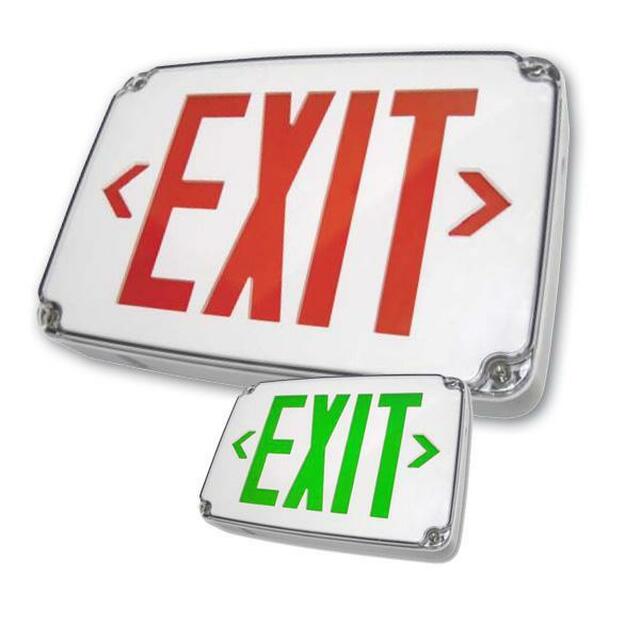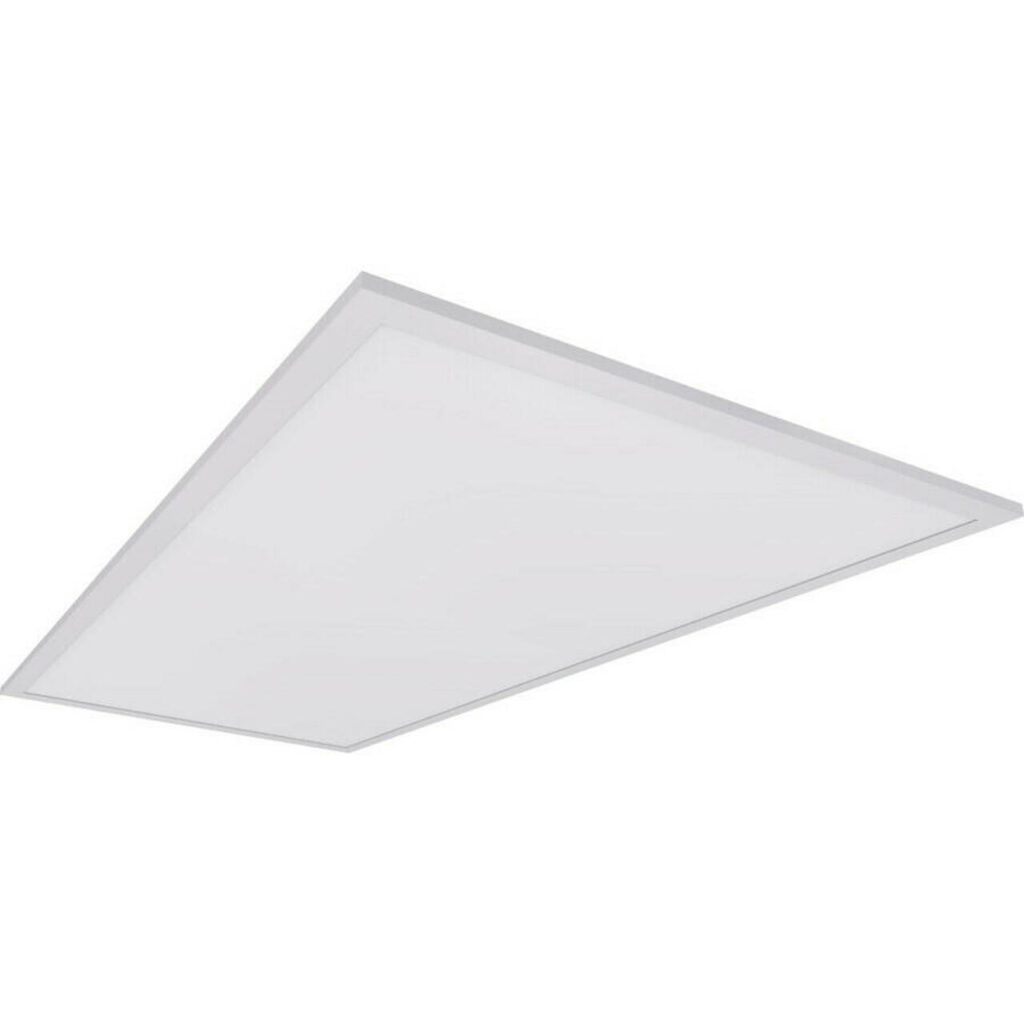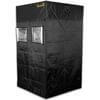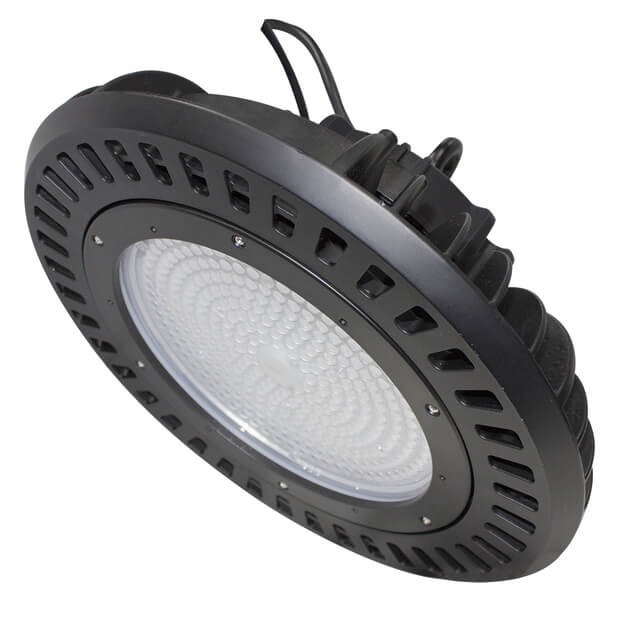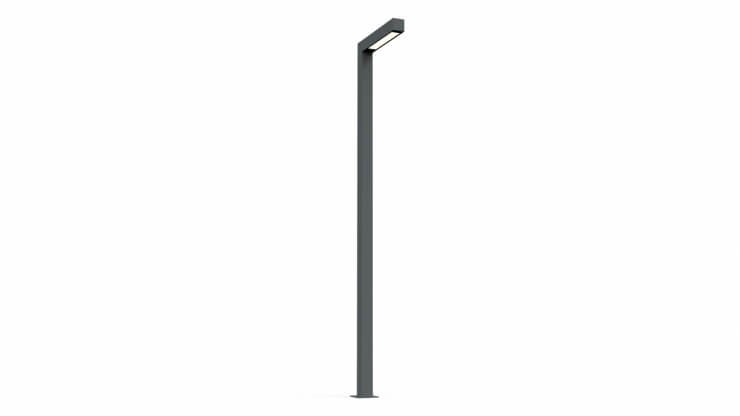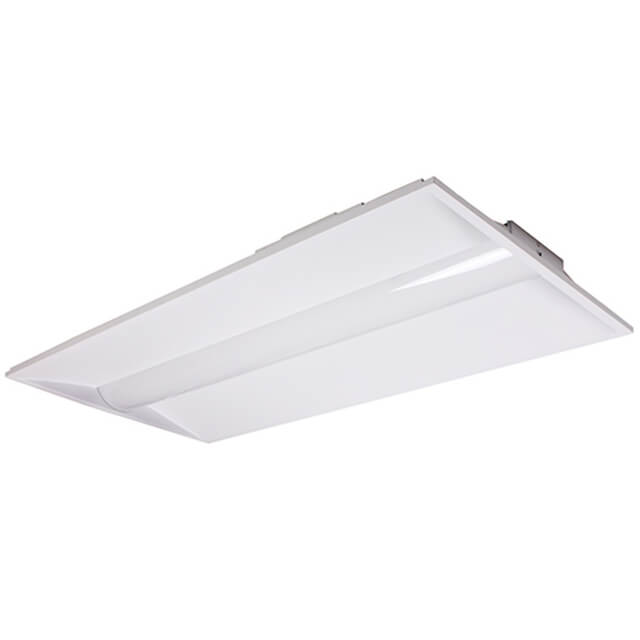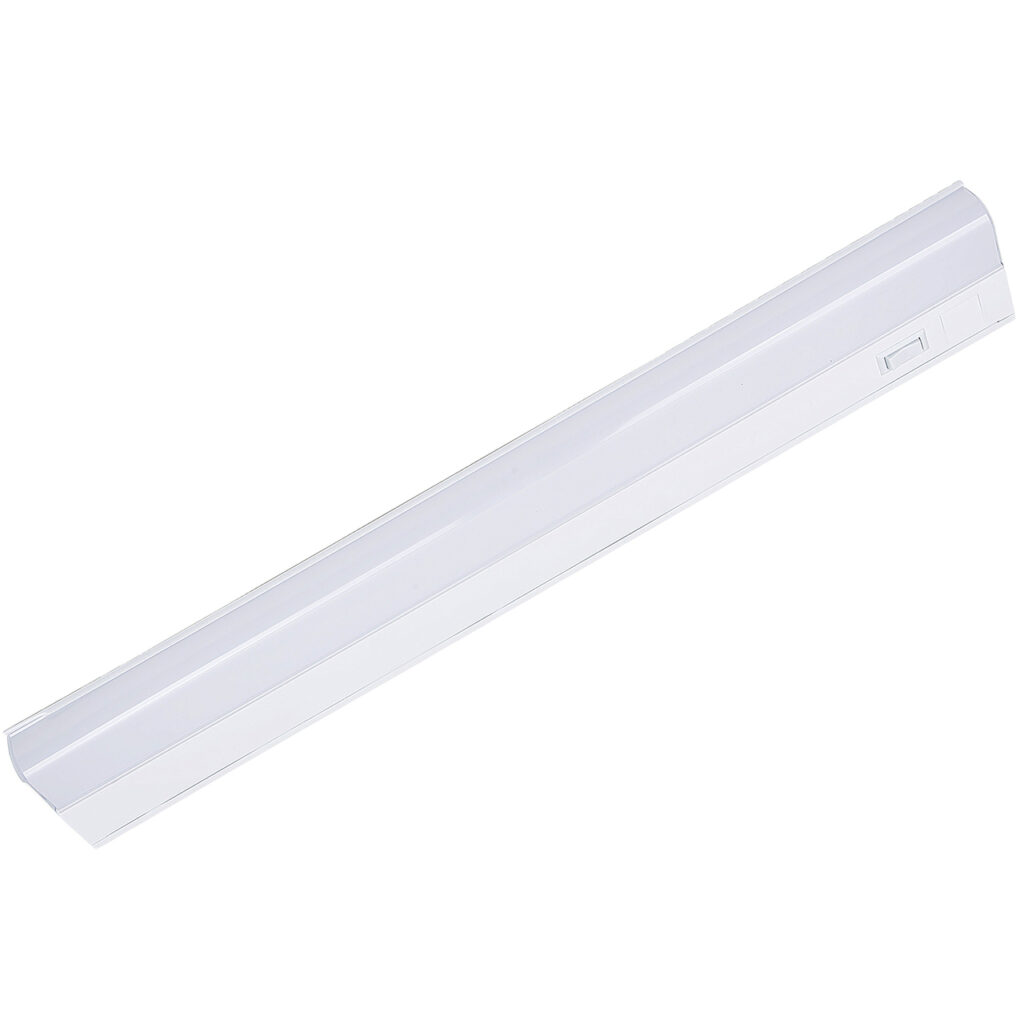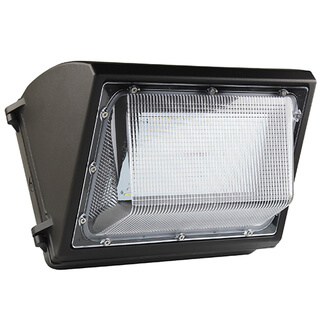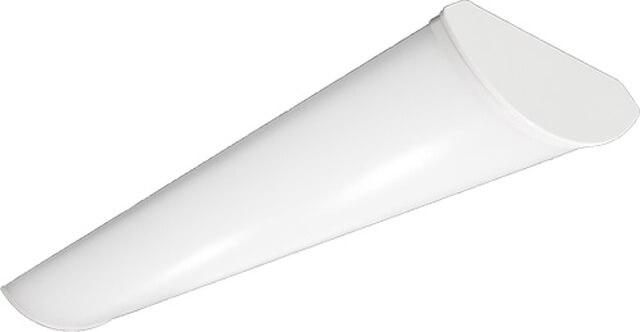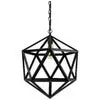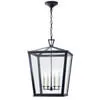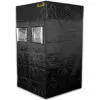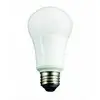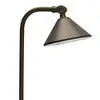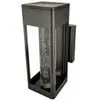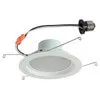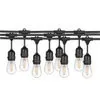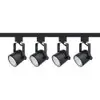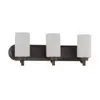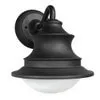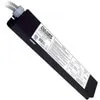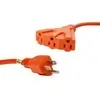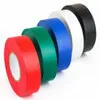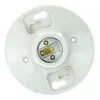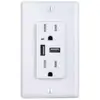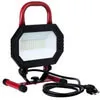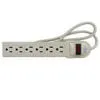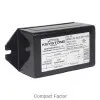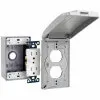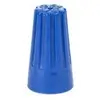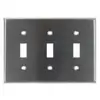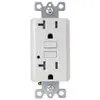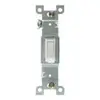Lighting shouldn’t be an afterthought. It’s integral to any architectural design. Yet, it takes more than just selecting and installing the residential or commercial light fixtures themselves.
Lighting design should be planned alongside your building elements. Lights add dimension, depth, and mood to your design. You also have to think about electrical wiring ahead of time, as well.
Seasoned architects understand how critical lighting is to their design. Thus, they undergo a lighting specification process that mitigates any issues with functionality, installation, illumination, and so forth.
Have no fear. Lighting specification helps simplify the design process, outlining every product, manufacturer, location, and other necessary logistics to complete a project.
In this article, Lighting and Supplies will help you better understand how lighting specification works and what to include in your process.
What Does a Lighting Specification Process Entail?
Along with blueprints, 3D models, and other drafting work, architects must generate plenty of written documents. Technically speaking, a lighting specification process comes in the form of a written document.
At the very least, the document requires three primary elements:
- A general outline of the entire process
- The light fixture schedule
- Lighting product catalog
You would then pass this document off to your general contractors, project managers, lighting designers, and so forth to ensure everyone is on the same page.
Let’s take a closer look at these components.
How to Write a Lighting Specification Outline
Writing a specification online is considered an industry standard. It’s expected of every architect that follows the guidelines ascribed by the Construction Specifications Institute, or CSI. These outlines also appear in instruction manuals for project managers, builders, and designers.
Once drafted, the outline must go through a series of hands before it’s allowed into the primary “master” specifications for an architectural design. All major elements must have their own specification documents.
The lighting doc must detail the general lighting conditions for the building project. This section is followed by detailed expectations for each lighting product. This may include outcomes for track lighting, cove, soffits, accent, task lighting, and more fixtures.
You also have to describe the type of lighting activity to expect from the space. For example, if you’re designing a residential home, what activities would you expect from those residing inside the home? What type of residential lighting would you need to support those activities?
You’ll need to consider lighting compliance in your outline, as well. You can elaborate on these details further in the third section of your document which details products and manufacturers.
You can present your lighting specification outline in different ways, just as long as it’s clear, easy to follow, and detailed. You’ll need both digital and hardcopy versions of the document. A digital document lets you include interactive elements like animated 3D models of lighting fixtures.
Writing Your Residential Lighting Project Schedule
The next section in your specifications document is the lighting fixture schedule.
This section is where you describe the following details:
- Color temperature (Kelvin)
- Color rendering
- Fixture types (lamps, soffits, task, etc.)
- Wattage & Amperage levels
- Controlling LED lighting
- Lighting outputs (Lumens)
- Light beam spreads
- Voltage
It’s essential to use visuals in this section. Be as descriptive as possible, as well.
Let’s go over a few components of your schedule to get started.
Color Temperature
The most recognizable forms of color temperature are cool and warm lighting. There is also a third form called “daylight” temperature. Keep in mind that color temperature is measured on the Kelvin scale, as well. Kelvin color temperatures fall between 0 to 10,000 Kelvins.
Warm lighting measures lowest on the Kelvin scale, ranging between 2,700 and 3,000. Cool lighting temperature measures higher at a 3K to 5K range. Lastly, daylight fixtures have the highest Kelvin measurement, falling between 5K and 6.5K.
For example, suppose you’re writing a lighting schedule for a family den or lounge space. You would likely recommend a “warm” lighting fixture with a 2200-2700 Kelvin unit of measure to facilitate your objective.
If you were designing a library or study, you may detail a brighter light temperature between 3,000-5,000 Kelvin. This color temperature is also appropriate for kitchen lighting schedules that require more focus. Brighter lights also improve safety in the kitchen.
Color Rendering
Don’t forget to include a color rendering section after your color temperature descriptions.
This section describes the color output of the fixtures. However, color rendering is measured on a CRI schedule.
For example, residential lighting fixtures should have CRI that ranges between 70 and 80 at the very least. Rooms that require brighter light fixtures require color rendering between 80 and 90.
Lighting Control
Light control is critical to include in your document. Here, you have to think about how each fixture is controlled.
This may include:
- Manual switches
- Programmed (or scheduled) lighting
- Wireless and Bluetooth
- Multi-Location Dimming fixtures
- Touch screen
- Voice-activated
You can include or follow up with voltage descriptions in this section. You’ll need to understand how much voltage each fixture can handle. Likewise, you must have a solid understanding of how much voltage the powerlines can facilitate.
How Light Specification Works for Product Catalogs
The final section of your specification document is your product catalog. This part outlines all of the lighting products required to complete the project. Similar to your lighting schedule, you’ll need plenty of visual references for your catalog.
The easiest way to tackle this section is to create a chart.
Include the following information on each line:
- An image of the lighting product
- The product name
- Lighting Product manufacturer
- Size
- Voltage required
- Color temper measurement (kelvin)
- Color rendering measurement (CSI)
- Location
- Lamp code
- Bulb finish
- Lumens
You can also include an additional column for extra notes. Some fixtures may require some complicated wiring techniques. It’s also a good place to communicate with project managers.
One of the primary goals of creating a lighting specification document is communication. Stellar communication is essential for crafting a successful lighting design.
Discover Lighting Specification Benefits for Architects
Ensure your project goes as smoothly as possible. It’s critical to invest time and care into your lighting specification document. Keep this guide by your side as you draft your own document.
Make sure you have the highest-quality lighting products at your disposal. Browse our extensive selection, or request a free consultation to talk to a lighting specialist who can help.
Lighting and Supplies is a wholesale lighting distributor with over 400,000 lighting and electrical components options to choose from online from over 500 top manufacturers in the US. Contact us today for a free quote on lighting equipment, or call 888-325-4448 to speak with a member of our sales team directly.


